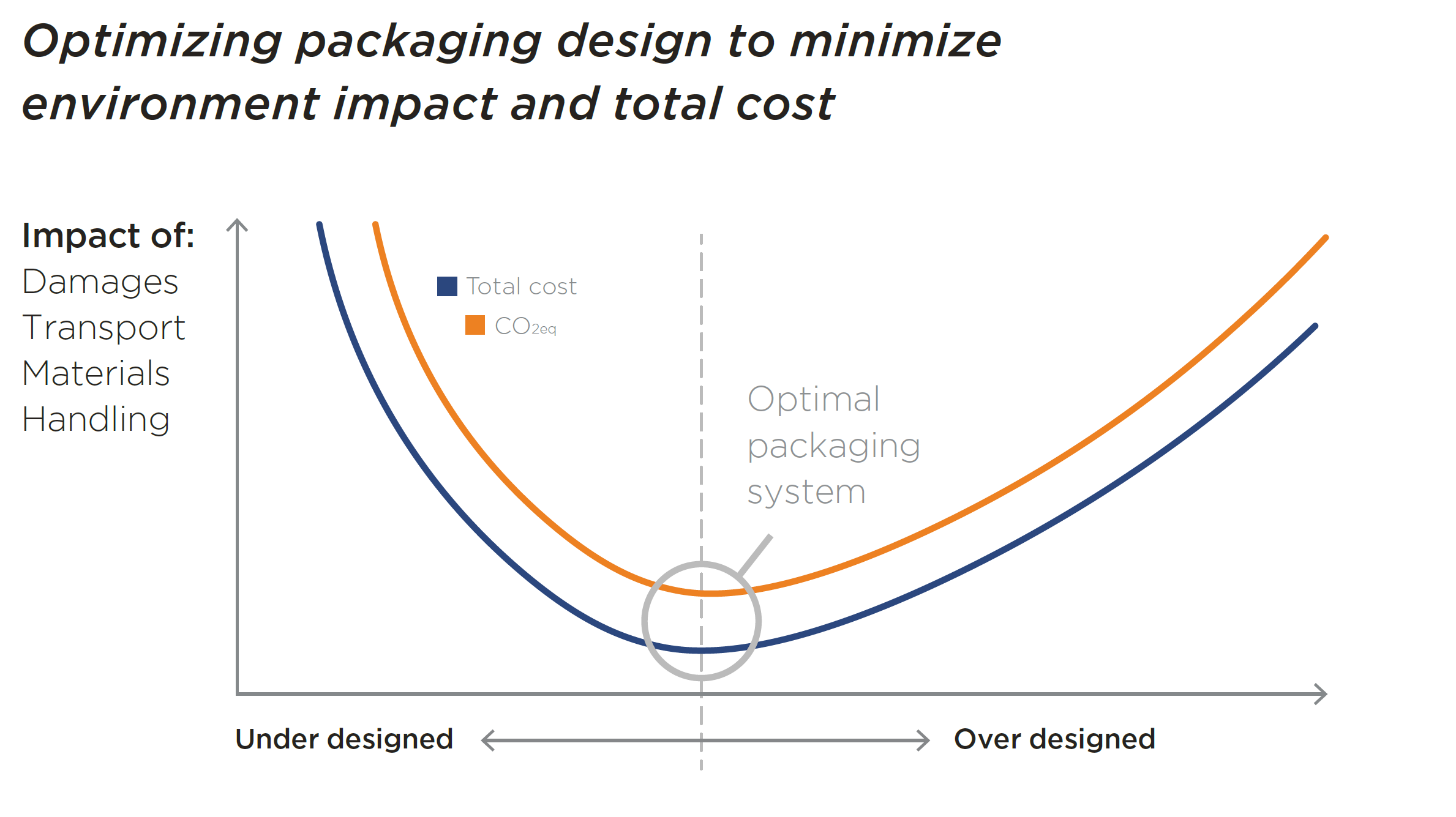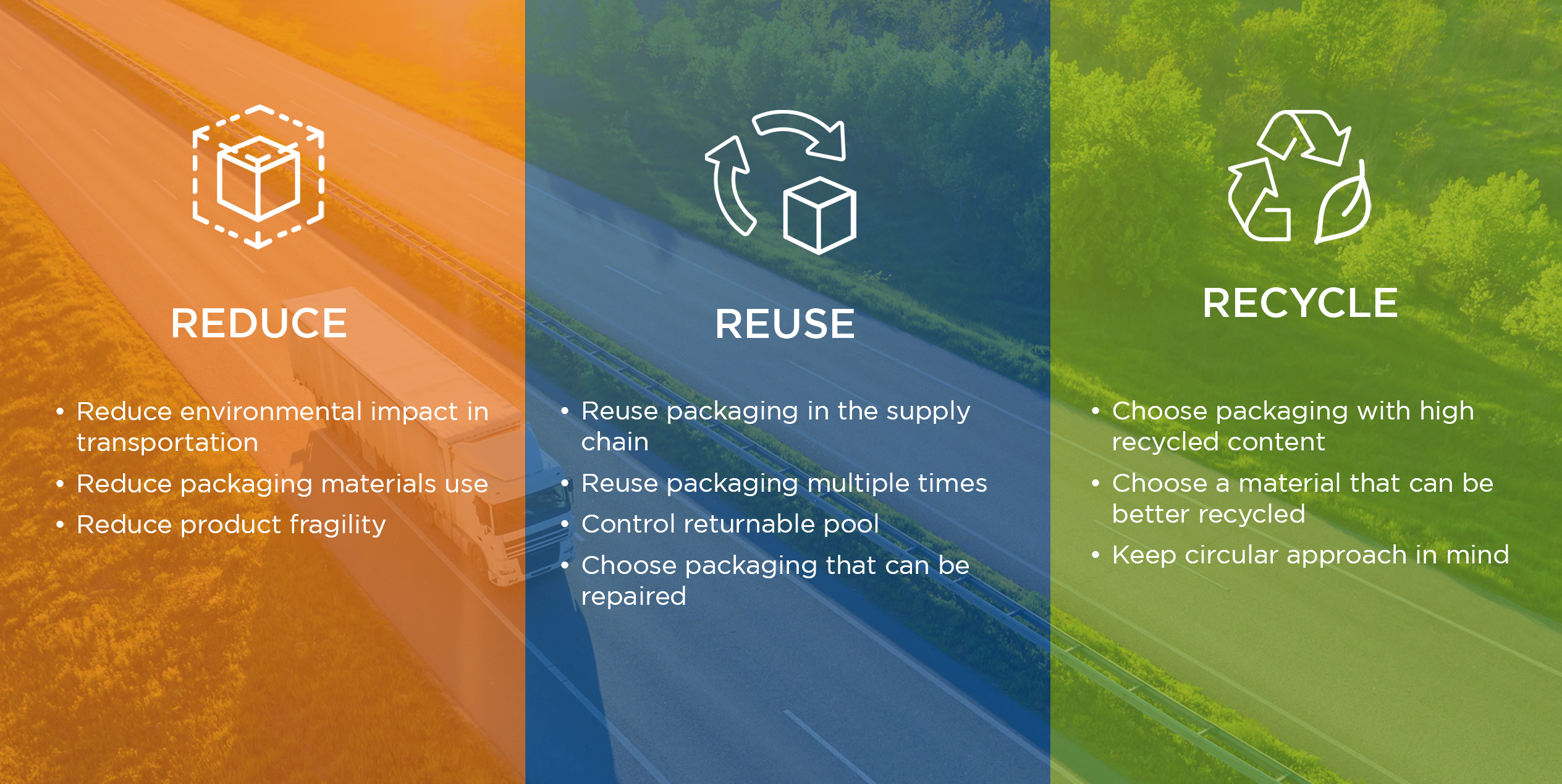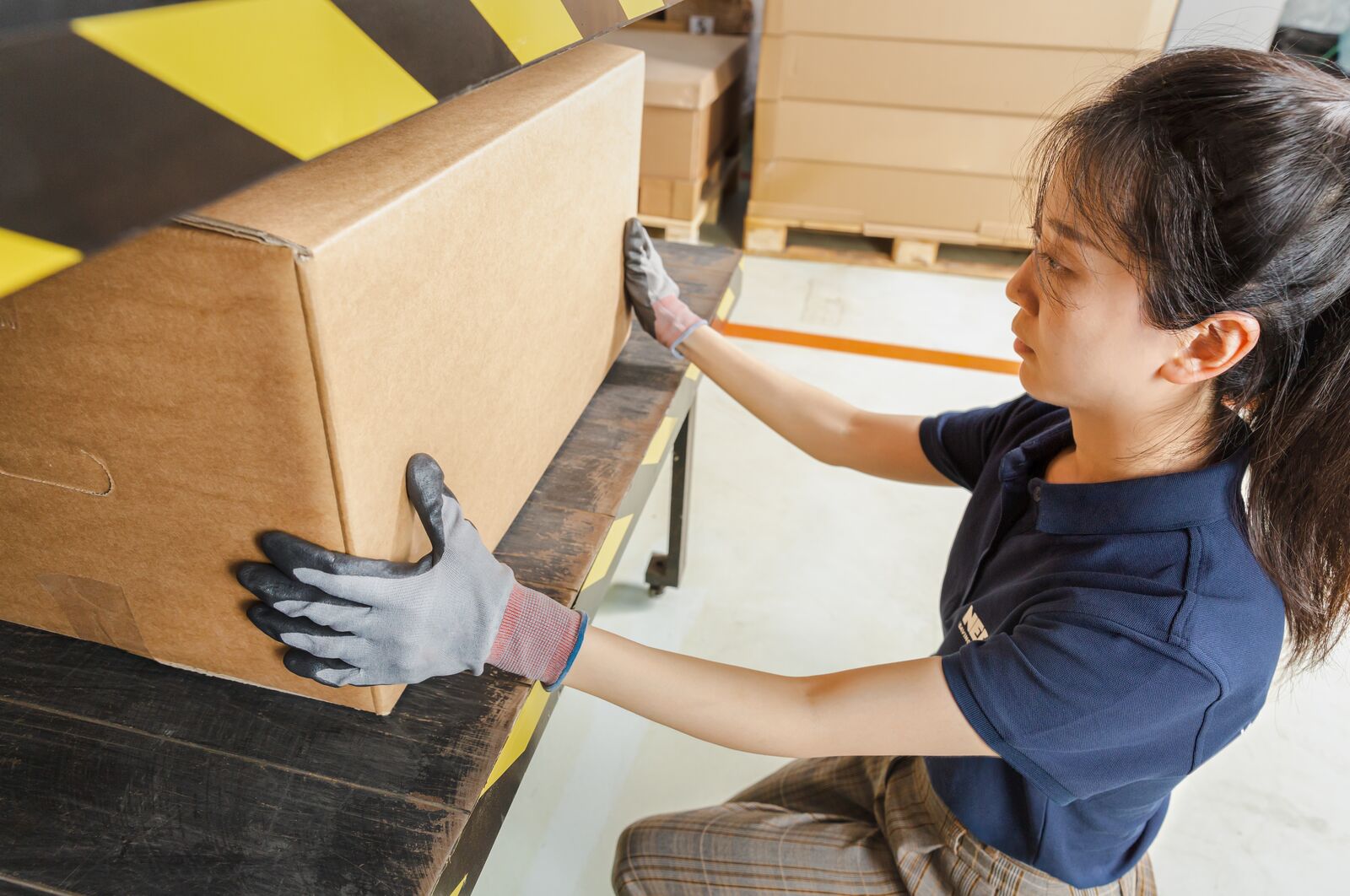As the packaging industry faces increasing pressure to balance sustainability, digitalization, and cost-effectiveness, companies must navigate a complex landscape of evolving regulations and technological advancements. The challenge is integrating these elements to enhance value while meeting consumer demands and maintaining profitability.
David Nowak, Global Engineering Director at Nefab, offers his insights into how the industry can address these challenges. With almost 30 years of experience, David discusses packaging transformation through sustainability and digital tools, emphasizing the importance of adapting to new regulations and leveraging technological innovations to stay ahead.
David, you have been a packaging engineer for almost 30 years. How has packaging evolved, and what trends or advancements shape its performance today?
Packaging has undergone significant transformations over the past three decades, driven by sustainability and digitalization. Sustainability is not just a trend but a fundamental shift in how we approach packaging. The growing awareness of the environmental impact of plastic waste and other materials, influenced by scientists and forums, has led to substantial changes in legislation and industry practices, marking the beginning of a sustainable revolution. What started in the 1990s has gained momentum, with modern sustainable packaging focusing on lifecycle assessments (LCA), weight reduction, and tangible legislative requirements.
Digitalization has revolutionized packaging, transforming how we design and share packaging solutions. Today, we use sophisticated digital tools to create and transmit designs instantly, a far cry from the modems and faxes of thirty years ago. Additionally, advancements in connected packaging, with smaller and more efficient transmitters, enable seamless tracking throughout the supply chain. Early adopters like Nefab have seen substantial progress, highlighting the importance of embracing digital innovations to fully leverage their benefits.

Optimized packaging design ensures product protection during transportation, storage, and handling, and allows for easy opening, use, and disposal.
How does digitalization fit into the new normal of the supply chain?
Digitalization fits into the new normal of the supply chain by connecting tools and systems through APIs, integrating seamlessly with customers. APIs enable different applications to communicate without direct access, allowing for quick transmission of information and automatic price calculations. This streamlined integration enhances efficiency and speed, as customers can get real-time information on pricing and delivery times without manual intervention. For instance, if a customer requests a quote from Nefab, the API can instantly provide the necessary details, creating a controlled environment where information flows smoothly between systems like ERP and SSP.
Connected packaging plays a crucial role in ensuring transparency, visibility, and product safety. By leveraging data, companies can track when packaging will be delivered, anticipate potential issues, and optimize shipping routes. This data-driven approach not only enhances the safety and reliability of the supply chain but also offers insights into more sustainable and cost-effective methods. For example, comparing shipping methods might reveal that using rail instead of sea transport to China can significantly reduce CO2-eq emissions. Such insights lead to smarter decisions and greater savings, showcasing the vital role of digitalization in the modern supply chain.
You mentioned sustainability. How will the new regulation impact companies?
The new sustainability regulations will significantly impact companies by enforcing stricter requirements for packaging materials and practices, mandating recycled content, and promoting reusability, especially for short-distance shipping. As customers view excessive packaging as a burden, companies must innovate to maintain product protection and longevity. Legislation will push businesses to adopt sustainable solutions and minimize material usage. Regional differences in population density and mindset, particularly between APAC, EMEA, and the Americas, will influence how these regulations are implemented and perceived.
We have entered a new era—an era of waste reduction as opposed to waste management. New packaging materials are taking the stage, yet their introduction must be carefully considered. Companies need to strategically choose materials based on specific use cases, weighing their strengths and weaknesses alongside the existing infrastructure for recycling or reuse.

Companies looking to optimize their supply chain should consider three main principles: reduce, reuse, and recycle.
How can we overcome these challenges?
We need to better integrate sustainability into the core of packaging design through comprehensive guidelines, training, and advanced software tools. Introducing Life Cycle Assessment (LCA) can help us measure and understand the environmental impact of our designs in real-time. We ensure effective practices by providing sustainable design guidelines, training our global team, and engaging clients through software that incorporates their input. Additionally, fostering a purpose-driven company culture will ensure credibility and accountability, attracting and retaining stakeholders committed to sustainability.
To fully reap the benefits of digitalization, we must anticipate industry needs and develop targeted AI tools to enhance our processes. AI enables designers to concentrate on creativity and value-added tasks while also offering multiple design options to meet rising customer demands. By leveraging AI, we can streamline operations, improve customer service, and push the boundaries of sustainable packaging. This strategy not only aligns with regulatory requirements but also positions us as leaders in industry innovation.
Price and quality are the most important for consumers when purchasing products. How can we find the balance between price, quality, and sustainability?
Finding the balance between price, quality, and sustainability in packaging requires a holistic approach that considers the entire supply chain. By designing packaging solutions tailored to the specific product and its logistics setup, we can optimize costs from multiple angles, including transport, handling, protection, and warehousing. Utilizing Life Cycle Assessment (LCA) tools allows us to calculate both cost and environmental savings, ensuring that sustainability initiatives are financially viable. This approach reduces material usage, lowers CO2-eq emissions, and often saves costs, benefiting both the customer and the environment.
Maintaining quality is a top priority, and rigorous testing is crucial to uphold high standards. Adopting a total cost approach, which includes storage and shipping expenses, often shows that sustainable packaging is more cost-effective over time. Digitalization and advanced pre-testing tools are vital for ensuring that new materials meet specifications and perform well in real-life conditions.

Only testing can validate that products will withstand the various challenges during the product’s transportation and storage.
What do you see as the greatest opportunity and the biggest challenge for the packaging industry in the next five years?
The greatest opportunity for the packaging industry in the next five years is to leverage sustainability and digitalization to create significant value. By focusing on reducing costs and minimizing environmental impact, we can achieve substantial benefits. For example, optimizing packaging to reduce weight can dramatically cut CO2-eq emissions and lower both material and freight costs.
The biggest challenge will be keeping pace with rapid changes in sustainability and digitalization while maintaining profitability. As sustainability becomes more central to business operations, balancing these initiatives with financial stability will be crucial. Additionally, the digital transformation will require careful implementation of new technologies, such as AI, to streamline processes and enable more innovative work. Ensuring that these advancements enhance efficiency without displacing jobs or compromising quality will be key to long-term success.